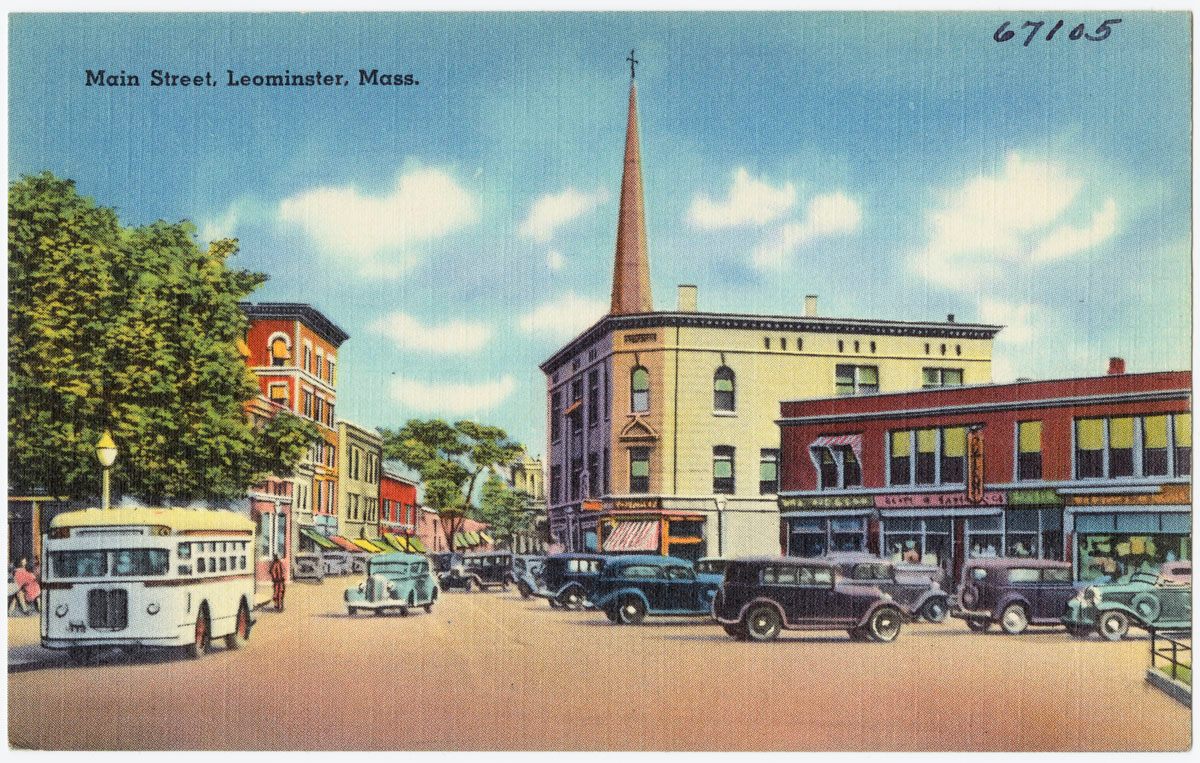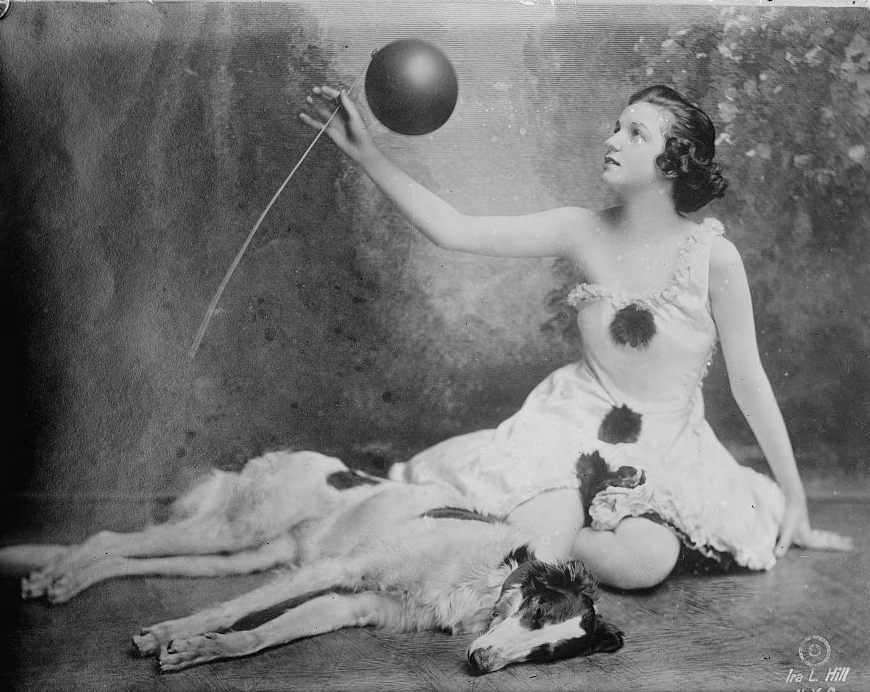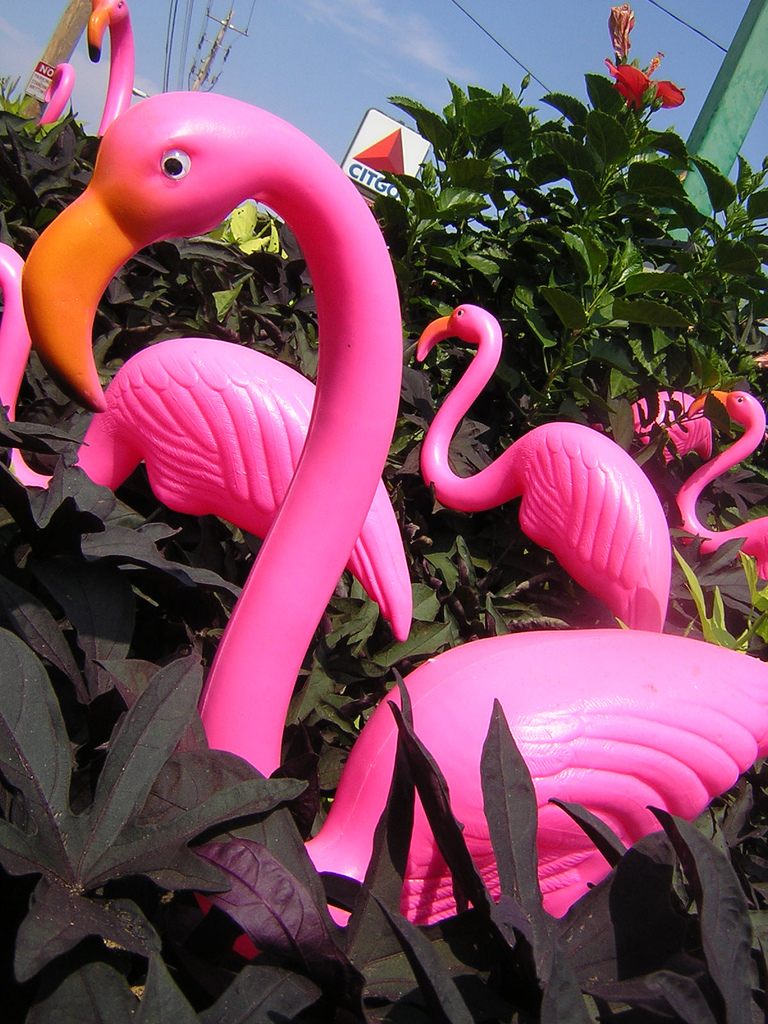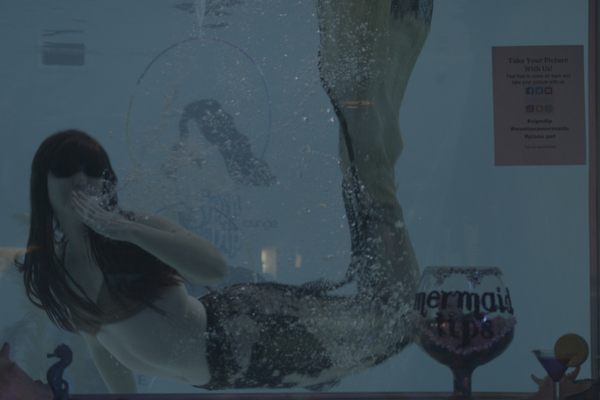When Americans Embraced the Bob, This New England Town Had To Make Something Besides a Comb. Enter the Pink Flamingo

Pink plastic lawn flamingos, which were invented in Leominster. (Photo: Andy Atzert/flickr)
Every object has a birthplace. Even the most dispossessed, the most despised, the most godforsaken piece of junk, was crafted–lovingly or otherwise–somewhere. Somebody once thought about its design, discussed its manufacture, spent a fragment of his or her fleeting existence ushering the detested object into being.
For many of the world’s most reviled products that home is Leominster, Massachusetts, the plastic kitsch capital of the world.
It wasn’t always that way. Leominster, a proud town of some 40,000 people, was once the hub of a hugely practical industry: combs. From the time the visionary combmaker, Obidiah Hills, founded his first business there in 1774, Leominster was a hub for this essential item of personal hygiene. In the days before shampoo and indoor plumbing, a Leominster comb, hand-carved out of animal horn and hooves, was only chance many people had to look halfway presentable. Each day thousands of Americans ran Leominster’s finest fine-toothed creations through their oil-spattered, flea-infested scalps. By 1845 there were 24 comb factories within the town’s limits. It swiftly became known as “Comb City.”

A postcard of Main Street, Leominster. (Photo: Boston Public Library/flickr)
But the supply of horn was finite and alternatives were desperately needed. Fortunately, the nation’s love of billiards came to the town’s rescue. In the late 19th century, billiards was a national phenomenon. Billiard tables were crammed into the recesses of every saloon and even Abraham Lincoln declared himself a “billiard addict.” During the Civil War, billiards results often received wider coverage than news from the battle lines. But since billiard balls were made out of hard-to-find ivory it was an expensive hobby and production could not keep up with demand. In 1868 a competition with a top prize of $10,000 was held in order to find a new material with which to make the balls. The winners were the brother inventors Isaiah and John Hyatt, who created celluloid, a mixture of cellulose nitrate with camphor. The age of plastics had begun.
The new material was seized on by the combmakers of Leominster with glee. Plastics factories were built—and the labor model changed abruptly. Where combs had once been hand-carved, they were now stamped out on a production line as the Industrial Age surged forward.
But just as the comb industry was thriving once more, disaster struck.

Irene Castle with her husband doing the ‘hands-free tango’. (Photo: Public Domain/WikiCommons)
Leominster’s downfall came in the shape of a ballroom dancer. Also a silent film star, Irene Castle was a national darling and perpetual trendsetter. She popularized not only various dances–the hands-free tango, for one - but shorter, fuller skirts and elasticized corsets. However in 1914, Castle would start a trend that would shake the Leominster comb industry to its foundations–she cut her hair.
It was the birth of the bob but for Leominster it felt like the dropping of the bomb. By the following year it was reported that some 20,000 women each week were lining up to get the “Castle Bob”, the go-to look for the incipient flapper brigades. With shorter hair there was less need for elaborate combs and within a few years almost half the comb factories in Leominster were shuttered. Not since Samson was shorn by Delilah had a simple haircut wreaked such devastation.
Fortunately Leominster already had one foot in the future. The comb industry’s shift into plastics had come at just the right time for diversification. Injection-molding machines—in which granules of plastic were melted down and the liquid pushed into a mold in one seamless automated process—allowed for the mass production of inexpensive products. By the 1950s Leominster was known as the “Plastics Pioneer City,” home to such synthetic virtuosos as Earl Tupper, the man behind Tupperware. And then came Donald Featherstone.
Featherstone was a young art school graduate when, in 1957, he joined the previously undistinguished Leominster manufacturing firm, Union Products. The company specialized in two dimensional plastic lawn ornaments but was looking to branch into three dimensions. Featherstone was hired to speed this change.

Irene Castle in 1915, with her bobbed hair. (Photo: Library of Congress)
He started off modestly by creating a plastic girl with a watering can. He began to show some promise with his next design for a plastic boy and a dog. A duck followed, its avian nature hinting at what was to come. For it was his fourth commission that became his defining moment, the work that will make his name resound in Leominster’s history for as long as it takes one of his creations to biodegrade. He was asked to design a flamingo.
In ancient Egypt, the flamingo was considered to be the living representation of the sun god Ra. Whether the ancient god was working through Featherstone is hard to verify, but there was something almost supernatural about the popularity of his creation. Using images plucked from a copy of National Geographic, Featherstone created a plastic bird that was three feet high in hot pink plastic. Typically sold as a pair—with one bird standing upright, the other with its head down—the flamingos became a national obsession. Up until this point the most popular lawn ornament had been the garden gnome. But while the gnome harked backed to the dark fairy-tale forests of Europe, the pink flamingo was an icon of the New World, promising eternal summer and endless sunshine. Perhaps Ra was involved after all.

A close up of a plastic law flamingo. (Photo: Lindsey Turner/flickr)
Soon lawns across the country sprouted flamingos. Their popularity was unprecedented, even unhinged (in 2009 they were voted the official bird of Madison, Wisconsin) yet as much as they were loved, they were also loathed. They became an emblem of kitsch, for the post-modern grotesque, an object whose meaning theorists and critics debated over endlessly. They were immortalized in music and film, most notably in John Waters’ infamous Pink Flamingos (1972), in which the drag queen, Divine, ate dog feces on camera. The number of cultural signifiers that Featherstone’s pink flamingos held on their spindly legs was astonishing.
When Union Products eventually closed down in 2006 it was estimated that they had manufactured over 20 million pink flamingos. Leominster, meanwhile, had been transformed into the capital of the collectible debris of our mass-market culture, the spiritual birthplace of all gimcracks, knickknacks and doodads.










Follow us on Twitter to get the latest on the world's hidden wonders.
Like us on Facebook to get the latest on the world's hidden wonders.
Follow us on Twitter Like us on Facebook